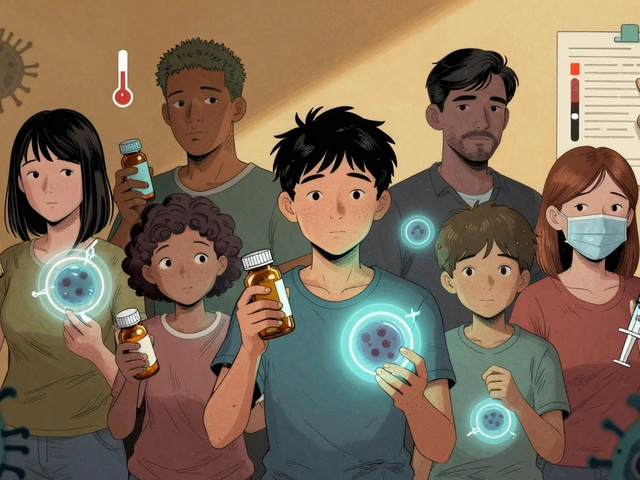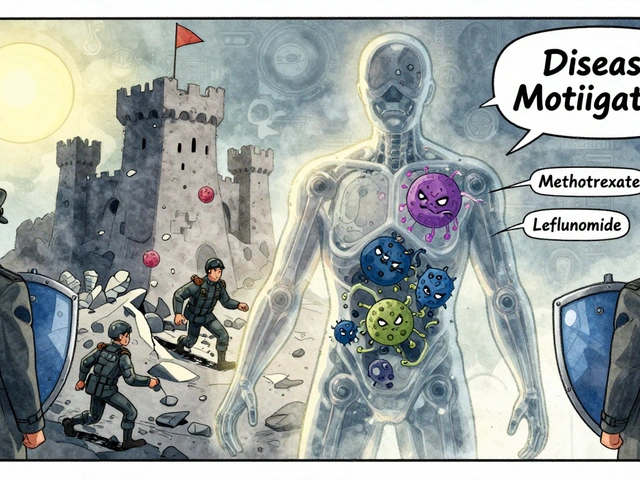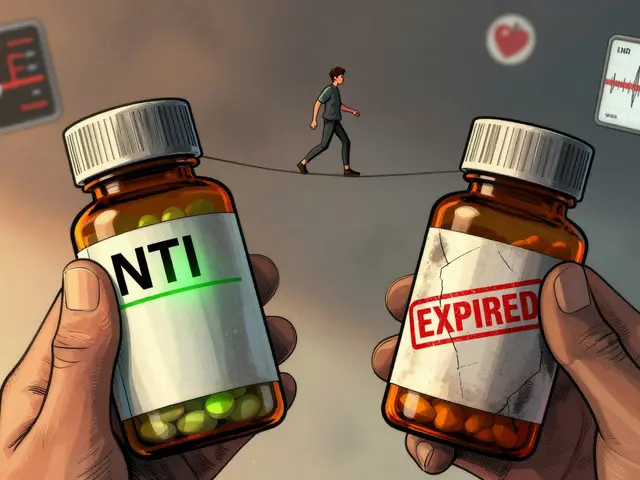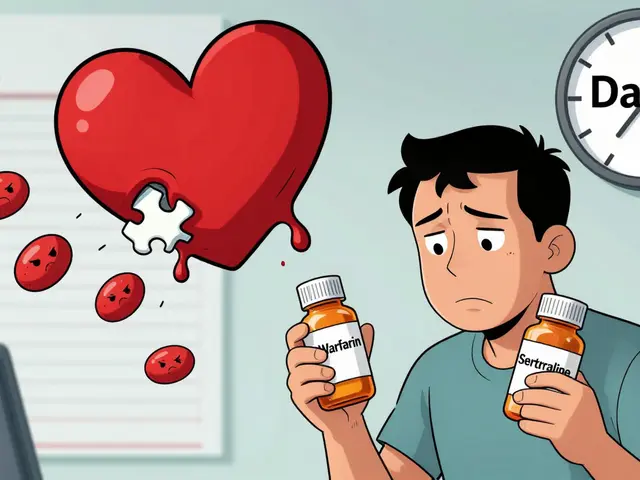Prostate Health: Practical Tips for Better Men’s Health
Most men notice prostate changes as they get older. Some changes are harmless, others need attention. This page gives clear, usable advice on spotting problems early, lowering risk, and talking to your doctor without medical jargon.
Symptoms, screening, and when to see a doctor
Watch for these common signs: weak urine stream, frequent nighttime peeing, sudden need to go, difficulty starting urination, or feeling like the bladder isn’t empty. These can mean benign prostate enlargement (BPH), infection, or less commonly, prostate cancer.
Screening choices include the PSA blood test and a digital rectal exam (DRE). PSA isn’t perfect, but it can catch issues early. Ask your doctor about the pros and cons of testing based on your age, family history, and other risks. If you have sudden pain, fever, blood in urine, or can’t pee at all, get medical help right away.
Simple habits that help your prostate
Small daily habits add up. Move more—regular walking, biking, or other cardio helps bladder and prostate health. Keep a healthy weight; excess weight raises risks for many men’s health problems. Cut back on caffeine and alcohol if you notice they trigger urgency or frequent trips to the bathroom.
Diet matters. Eat more vegetables, beans, whole grains, and fish. Reduce processed meats and large servings of red meat. Some men find that cutting spicy foods or acidic drinks reduces nightly trips to the bathroom.
Pelvic floor and bladder training can improve symptoms. Try simple pelvic floor squeezes (Kegels) and practice scheduled bathroom visits to stretch the time between urination. These techniques take weeks to work but often help without drugs.
Medications and procedures exist for BPH and other prostate problems. Alpha-blockers (like tamsulosin) relax urinary muscles and often work quickly. 5-alpha-reductase inhibitors (like finasteride) shrink the prostate over months. Surgical options and newer minimally invasive procedures are available for persistent problems. Always discuss benefits and side effects with your doctor before starting anything.
Here are practical questions to ask your clinician:
- What could be causing my symptoms?
- Do I need a PSA test or other tests now?
- What non-drug steps should I try first?
- What are the side effects of the treatments you recommend?
Related reading from Safe-Pills.com:
- How to Slash Prescription Costs Without Health Insurance in 2025 — tips to afford meds if you need long-term treatment.
- Buy Probenecid Online: Safe Ways, Trusted Sources & What to Watch For — practical guidance for ordering medications safely.
- Top Canadian Pharmacy Alternatives: 7 Options Beyond Canada Meds 365 — more ways to get prescriptions at a lower cost.
If you’re worried, don’t wait. Start with a primary care visit or a urology referral and bring a list of symptoms and questions. Early action usually keeps things simpler and more treatable.

The Future of BPH Treatment: Will Alfuzosin Still Be Relevant?
Benign Prostatic Hyperplasia (BPH) is a common condition affecting older men, causing urinary problems. Alfuzosin has been a go-to medication for easing these symptoms, but with rapid advancements in medical technology, its future relevance is in question. Exploring cutting-edge treatments and innovations could redefine how BPH is managed. Will alfuzosin continue to hold its ground, or will new therapies take the lead?
View More




